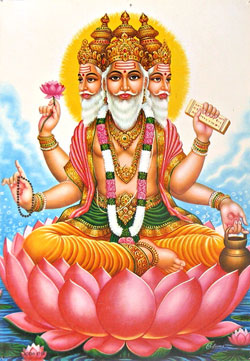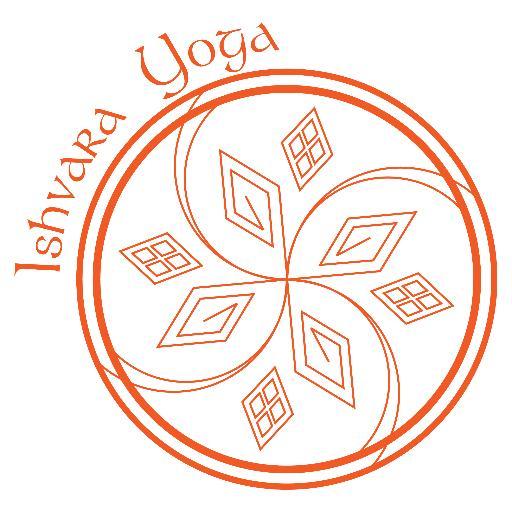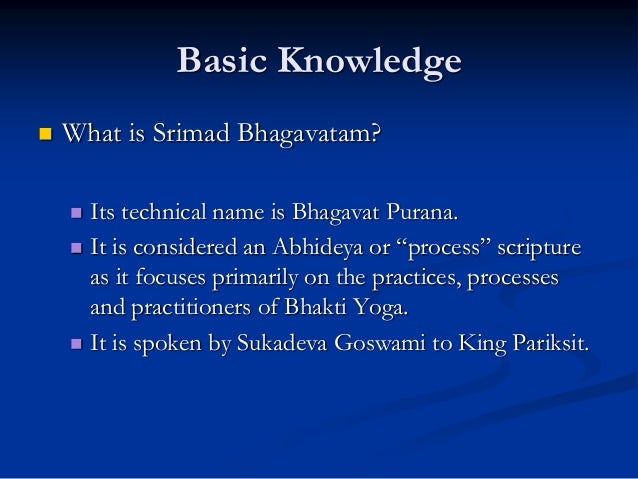Rakovsky
Active Member
SUMER
Despite the claims of adherents of the theory of highly advanced (by modern standards) ancient civilizations, there does not seem to be artifacts from Sumer of such amazing quality as we have with the pyramids of Egypt or the megalithic blocks of Puma Punku. Instead, "Ancient Advanced Civilization" (or "Ancient Astronaut) theories revolve around the myths of Annunaki ruling Mesopotamia. In the Ancient Astronaut theories, the Annunaki are humanoid ETs who introduce knowledge to humankind. Under this theory, some propose that the ETs were reptoid or otherwise non-humans.
One relevant observation is that there appear to be reptoid sculptures of gods from the Ubaidan period, if not later. The Sumerians were preceded in their rule of the Euphrates by the Ubaidan civilization and culture. The Sumerians believed that An, the god of the heavens, was created out of the primordial waters, Nammu.She is sometimes portrayed in a reptoid or serpentlike form. This sculpture below may refer to the goddess Nammu.
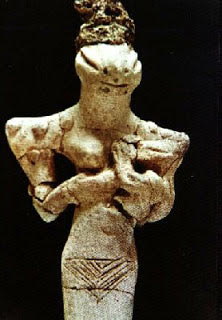
But despite the theory of Ancient Astronauts, it seems rather more likely to me that the Annunaki were simply Sumerian theological legends and myths. In other words, the Annunaki in reality are the mythological gods, who are called Annunaki based on their lineage from the god An.
By the way, there is a user custom made campaign for Age of Empires called "A Short History of Lost Sumeria" that involves Sumerian mythology, and portrays the idea that the Annunaki were ETs.
Below is more research that I found on the questions in the OP:
Despite the claims of adherents of the theory of highly advanced (by modern standards) ancient civilizations, there does not seem to be artifacts from Sumer of such amazing quality as we have with the pyramids of Egypt or the megalithic blocks of Puma Punku. Instead, "Ancient Advanced Civilization" (or "Ancient Astronaut) theories revolve around the myths of Annunaki ruling Mesopotamia. In the Ancient Astronaut theories, the Annunaki are humanoid ETs who introduce knowledge to humankind. Under this theory, some propose that the ETs were reptoid or otherwise non-humans.
One relevant observation is that there appear to be reptoid sculptures of gods from the Ubaidan period, if not later. The Sumerians were preceded in their rule of the Euphrates by the Ubaidan civilization and culture. The Sumerians believed that An, the god of the heavens, was created out of the primordial waters, Nammu.She is sometimes portrayed in a reptoid or serpentlike form. This sculpture below may refer to the goddess Nammu.

But despite the theory of Ancient Astronauts, it seems rather more likely to me that the Annunaki were simply Sumerian theological legends and myths. In other words, the Annunaki in reality are the mythological gods, who are called Annunaki based on their lineage from the god An.
By the way, there is a user custom made campaign for Age of Empires called "A Short History of Lost Sumeria" that involves Sumerian mythology, and portrays the idea that the Annunaki were ETs.
Below is more research that I found on the questions in the OP:
For more, see: http://grahamhancock.com/phorum/read.php?1,1049944,1050014#msg-1050014Sumer's civilization began about 3500 BC with their writing and lasted until about 1940 BC. It was located in the lower region of the Euphrates and Tigris rivers in Mesopotamia. It has not been established what their ethnicity or language group was, although it is commonly not considered a semitic language.
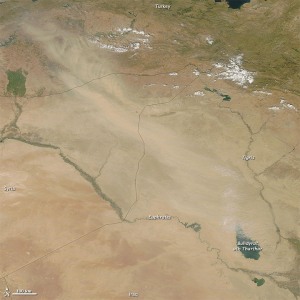
Euphrates and Tigris rivers

It is hard to pin down an explicit instance of Sumerian technology more advanced than what we have now. The strongest evidence for such theories seem to me to be "coincidences" between Sumerian art and culture and what we find in far away cultures' artifacts that appear to reflect such technology. One example of coincidences are the elongated skulls found in pre-Sumerian Ubaidian statues that recall elongated skulls found in Peru or Egypt. There are major Andes city sites dated from 3000-2000 BC. There is a claim of a Magna Fuente bowl from Bolivia with Sumerian writing, but it's commonly considered a hoax. I've read about connections in symbolism between statues, "h" symbols, or baskets found at Easter Island, Sumer, Gobekli Tepe, and the Americas, particularly Puma Punku.


